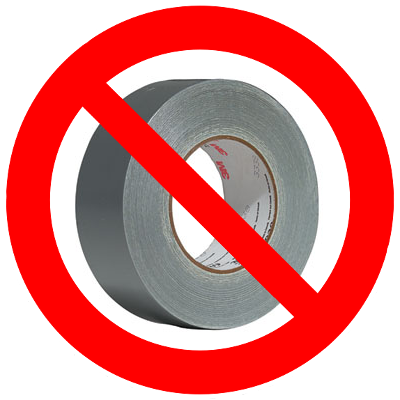 Blogs are a useful and important tool for professional developers and engineers, for two main reasons. Firstly, by and large, we are not free to divulge the details of the work we do while under contract — but at our next interview, those details are precisely what the interview itself is there to judge. So blogs (and I include this one without question) can take on a professional portfolio role, showcasing examples of professional work as applied to side projects, giving professional opinions on relevant products and work practices and so forth, all of which informs an interviewer who does their research as to the suitability of a candidate for a position. This is an old technique that artists and graphic designers are explicitly familiar with.
Blogs are a useful and important tool for professional developers and engineers, for two main reasons. Firstly, by and large, we are not free to divulge the details of the work we do while under contract — but at our next interview, those details are precisely what the interview itself is there to judge. So blogs (and I include this one without question) can take on a professional portfolio role, showcasing examples of professional work as applied to side projects, giving professional opinions on relevant products and work practices and so forth, all of which informs an interviewer who does their research as to the suitability of a candidate for a position. This is an old technique that artists and graphic designers are explicitly familiar with.
Relevant professional blogs can also act as a cheap way to monitor your continuing professional development. They’re not training courses, they’re not accredited and they never will be; but observing what your peers are doing is a very old way of watching for trends that you might consider directing your own CPD efforts towards. Through RSS feeds, RSS aggregator sites and a decent RSS reader, it is relatively easy to monitor large numbers of blogs with little effort beyond the actual reading of new articles as they appear.
The problem is that some bloggers, so focussed on the first goal of presenting a good online portfolio, and so obsessed with metrics like pages-served-per-week as a measure of progress towards that first goal, post dross which can then impede others in the pursuit of the second goal because of the lack (and impossibility) of an effective peer review process. In some cases, bloggers seem to abandon completely the goal in pursuit of the metric – chasing after eyeballs without having anything of substance to then display to this newly captured audience. Continue reading →
